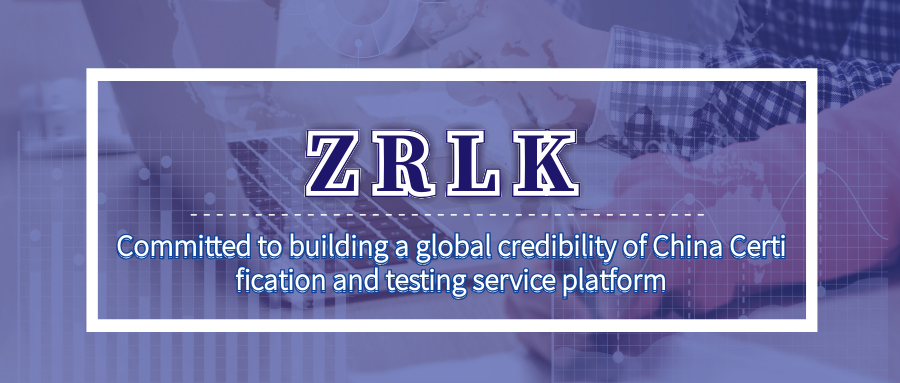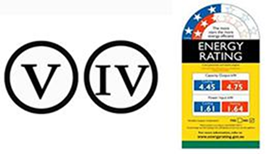<small id="wg64m"></small> 
Certification introduction
In order to improve the energy utilization efficiency of electrical equipment and products in various industries and enhance significant economic and environmental benefits, Australia and New Zealand issued the Greenhouse and Low Energy Standard Technical Regulations (referred to as GEMS) and took effect on October 1, 2012. The new GEMS The regulations replace the previous MEPS certification (Minimum Performance Standard).
In terms of MEMS registration in the GEMS regulations, compared to the past, applicants cannot choose any state to register on the Australian official website. Instead, they are required to register with the Australian Regulator. For all product types, GEMS regulations no longer set a single registration fee, product types will be divided into four categories, registration fees range from 440 Australian dollars to 780 Australian dollars, and the registration period is 5 years.

Applicable product range
Products currently controlled by GEMS certification are:
Compact fluorescent lamps, extra-low voltage converters, double-ended fluorescent lamps, fluorescent ballasts, incandescent lamps, washing machines, dryers, dishwashers, external power supplies, TVs, digital set-top boxes, electric water heaters, air conditioners and heat pumps, three-phase motors , Household refrigeration appliances, refrigeration towers / precision air conditioners, commercial refrigerators, display cabinets, distribution transformers, etc.
application process
1. Select products for testing. The test standards are consistent with the original MEPS certification. Generally speaking, as long as the test report is provided by an ISO 17025 accredited laboratory, it can be recognized;
2. Submit the test report and other materials for GEMS registration, and the GMS certification will be obtained after the materials are approved. The new GEMS regulations mainly have new requirements in terms of registration. Applicants cannot select a single state for registration, but unified to the Australian Regulator for registration. According to the product category, the registration period is 5 years.
Application information
1. Application form and authorization letter
2. Product Label contains the corresponding certification mark
3. Product Photo
Countries that require factory inspections are usually required to provide, but usually can accept CIG 023 factory inspection report


KC certification is a mandatory certification system implemented in South Korea for electronic and electrical products, aimed at ensuring that products comply with South Korea\'s safety and electromagnetic compatibility standards. The Korean market has strict quality control over imported goods, and smart rings, as electronic products, must pass KC certification in order to be legally sold in the Korean market.
CE-RED certification is a mandatory compliance requirement of the European Union for wireless devices. For smartwatches with wireless functions such as Bluetooth and Wi Fi, its importance is mainly reflected in the following three aspects.

The Brazilian market has enormous potential, but in order to successfully enter, ANATEL certification is an essential first step. As an authoritative standard certified by the Brazilian Communications Authority, ANATEL certification is not only a guarantee of product quality, but also a legal entry threshold into the Brazilian market.
In order to improve the energy utilization efficiency of electrical equipment and products in various industries and enhance significant economic and environmental benefits, Australia and New Zealand issued the Greenhouse and Low Energy Standard Technical Regulations (referred to as GEMS) and took effect on October 1, 2012. The new GEMS The regulations replace the previous MEPS certification (Minimum Performance Standard).
Get a quote